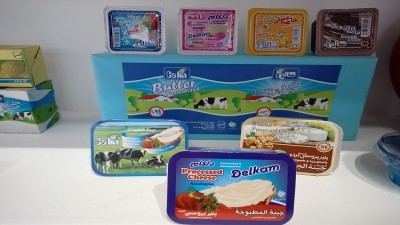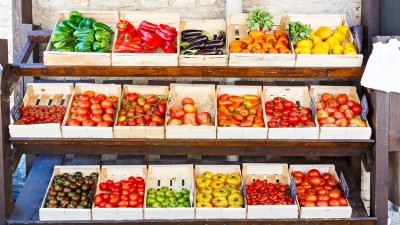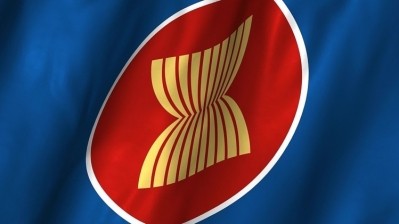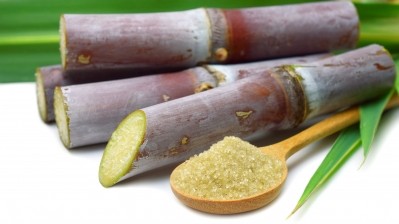Iran's non-oil exports to ASEAN soar, with food and agri products performing well
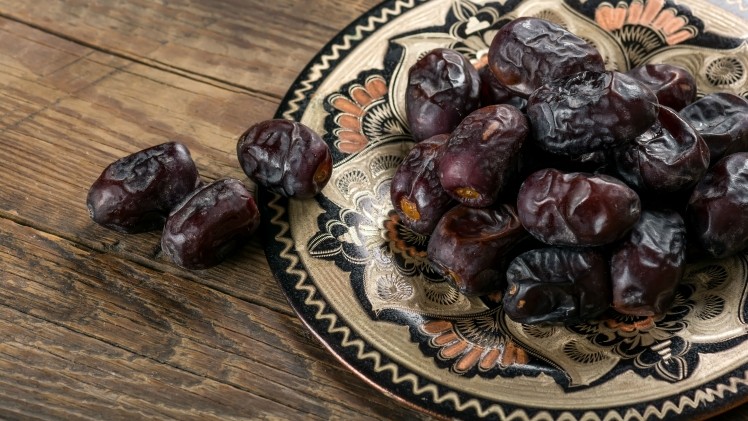
Iran exported US$1.28b and imported US$1.34b of non-oil goods to and from Asean nations in those months of 2017, according to the Financial Tribune. Non-oil exports were up 80% year-on-year, while exports to Thailand increased by the same amount.
Major exports from Iran to Asean included agricultural and food products such as figs and pistachio. Other products included materials for industry, such as butane, propane and steel.
Meanwhile, Iran's Asean imports also included much food-related products, including palm oil, rice, soybean, sugar cane and various processed food products.
Thailand Iran’s biggest Asean trade partner
The Iran Customs Administration said that Thailand was Iran's biggest trade partner in the South East Asian region, accounting for 24% of its trade with Asean, worth US$619m. This is 53% higher than in the previous fiscal year.
Imports from Thailand amounted to US$237m, a 21% increase from the previous year.
Singapore was Iran's second-largest trade partner in the region, with a total of US$487m worth of trade — a 10% increase from the year before.
Its neighbour, Malaysia, grew trade with Iran by US$486.5m. Imports from Malaysia amounted to US$326m, at 26% year-on-year growth. Palm oil accounted for 41% (US$133m).
Vietnam registered the highest growth in exports to Iran, compared to the other Asean nations. US$64.3m worth of non-oil goods were shipped to Iran from Vietnam — up 235.7% year-on-year. Food products, home appliances, POS terminals and mobile phones made up the main exports from Vietnam.
Nonetheless, Iran’s exports to Vietnam — comprising nuts, pistachio and shrimp — decreased by 3% to US$261.3m.
Indonesia’s trade with the Persian nation was worth US$485m.
Halal food potential of Iran
Iran is among the world's top five producers of apricots, cherries, sour cherries, cucumbers and gherkins, dates, eggplants, figs, pistachios, quinces, walnuts, and watermelons, based on 2012 data of the UN Food and Agriculture Organization. The recent growth in imports from Asean countries also emphasises the potential for halal food sales.
Iran has a population of about 81 million, making it the world's 18th most populous nation. It is also the second-largest country in the Middle East.
Most of the trade sanctions by the US and the UN Security Council were removed by 2016, after discussions and agreements reached on its nuclear programme.
Following that, in the same year, Asean foreign ministers acceded to Iran's request to join the Treaty of Amity and Cooperation (TAC) in Southeast Asia. This seeks to promote closer cooperation between parties, as well as contribution to the Muslim state’s economic development.
